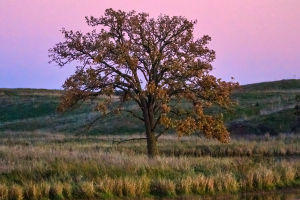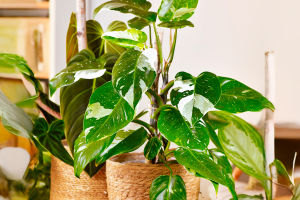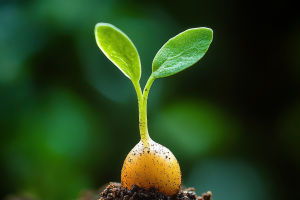Power of Flowers
We often admire flowers for their colors, fragrance, and delicate shapes—but have we really taken a moment to think about what they do?
From helping plants grow the next generation to improving our mood, flowers are working behind the scenes in amazing ways. Let’s explore their true beauty and purpose together.
What Exactly Is a Flower?
A flower is not just a pretty face—it's the part of a plant designed for reproduction. Most flowers belong to flowering plants, also known as angiosperms. Their main role is to create seeds, so the plant can grow new life. This starts with a process called pollination, where pollen moves from one flower to another to fertilize it. Then the magic begins: the flower grows fruit, and inside it, seeds form.
How Do Flowers Work?
Each flower has specific parts that play unique roles:
- Sepals protect the flower bud before it opens.
- Petals attract pollinators with bright colors and sweet smells.
- Stamens produce pollen—these are the male parts.
- Pistils are the female parts that receive the pollen and help create seeds.
Some flowers have all of these parts, while others have only male or female structures. That's why many plants rely on insects, birds, or even the wind to carry pollen where it needs to go.
Flowers Come in All Shapes and Strategies
Did you know that some flowers only bloom at night? Or that others don't have petals at all? Flowers come in so many forms, and that's not just to look nice. Each shape, color, and scent is designed to attract a certain pollinator or adapt to a specific environment.
For example, sunflowers offer a big landing pad for bees, while tubular flowers are perfect for hummingbirds. Even the time a flower opens and closes can match the habits of its ideal visitor.
Why Flowers Matter More Than We Think
Flowers play a huge role in keeping life going. After pollination, many flowers turn into fruits like apples, berries, and even grains we eat every day. So in a way, we owe a big thank-you to flowers for the food on our tables!
Flowers also help us emotionally. Studies show that seeing flowers can boost our mood, reduce stress, and even help us recover faster when we're sick. No wonder, we bring flowers to cheer someone up or celebrate important moments.
Flowers in Daily Life
We see flowers in so many parts of life—gardens, weddings, art, and even cooking. Marigold petals, for example, are used in teas and decorations. Roses don't just smell nice; their essence is often used in skincare. And let's not forget lavender, which helps us relax and sleep better.
In many cultures, flowers also hold special meanings. A white lily might symbolize peace, while a red rose often means love. This language of flowers helps us express what words sometimes can't.
How Can We Enjoy Flowers More?
We don't need to visit a fancy garden to enjoy flowers. A walk through a local park, a tiny potted plant on a windowsill, or even a wild bloom by the roadside can bring a little joy. Let's take time to really look—count the petals, notice the scent, watch a bee at work.
If we want to go further, we can try planting our own flowers. Even a small balcony or sunny window can grow something beautiful. It connects us to nature and gives us something calming to care for.
Let's Stop and Smell the Flowers—Together!
Flowers remind us that beauty and purpose can exist at the same time. They aren't just decorations—they're hardworking, life-giving wonders. So next time we see a flower, let's pause. Look closer. Feel the moment.
Lykkers, have you found a favorite flower lately? Maybe it's time we all add a little more color and peace to our days. Let's notice the little things—they often hold the biggest meaning.
Flower Structures and Functions | Insect Pollinated Flowers
Video by Science Sauce
-
 The Secret Life of PlantsExploring How Plants Communicate Using Chemistry and Electrical Signals.
The Secret Life of PlantsExploring How Plants Communicate Using Chemistry and Electrical Signals. -
 Thriving Leaves, Happy HomeTired of watching your plants die slowly? Try these no-nonsense tips that plant lovers actually swear by—no fluff, just results.
Thriving Leaves, Happy HomeTired of watching your plants die slowly? Try these no-nonsense tips that plant lovers actually swear by—no fluff, just results. -
 Roots, Thriving ShootsHow do plants find nutrients hidden in soil?
Roots, Thriving ShootsHow do plants find nutrients hidden in soil?
Copyright © zogu 2021 - 2025. All Right Reserved.